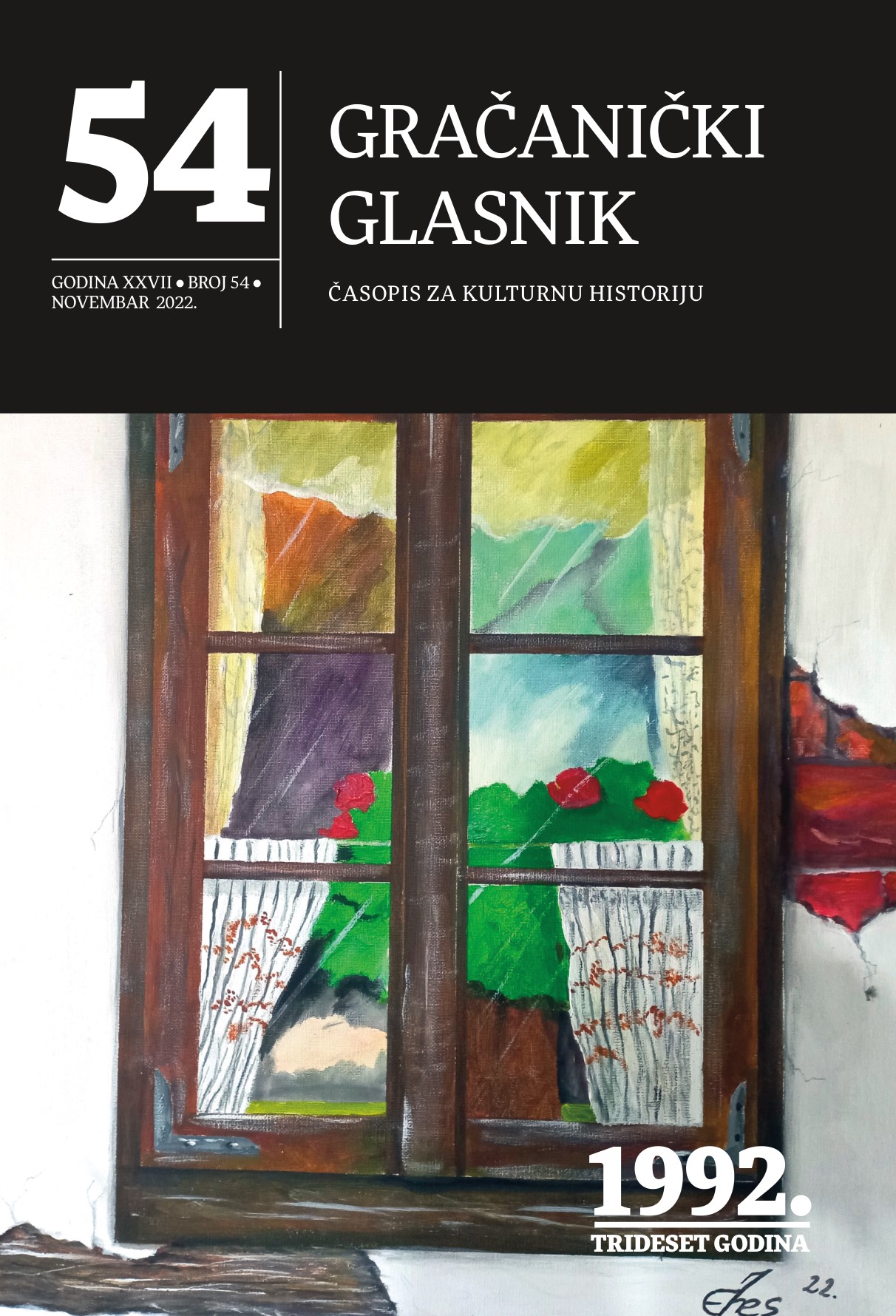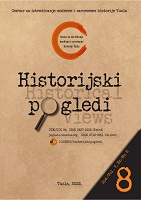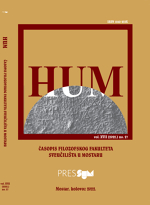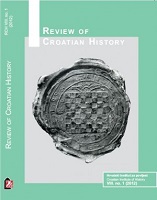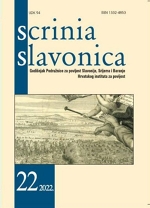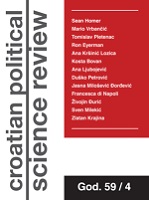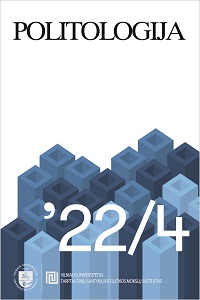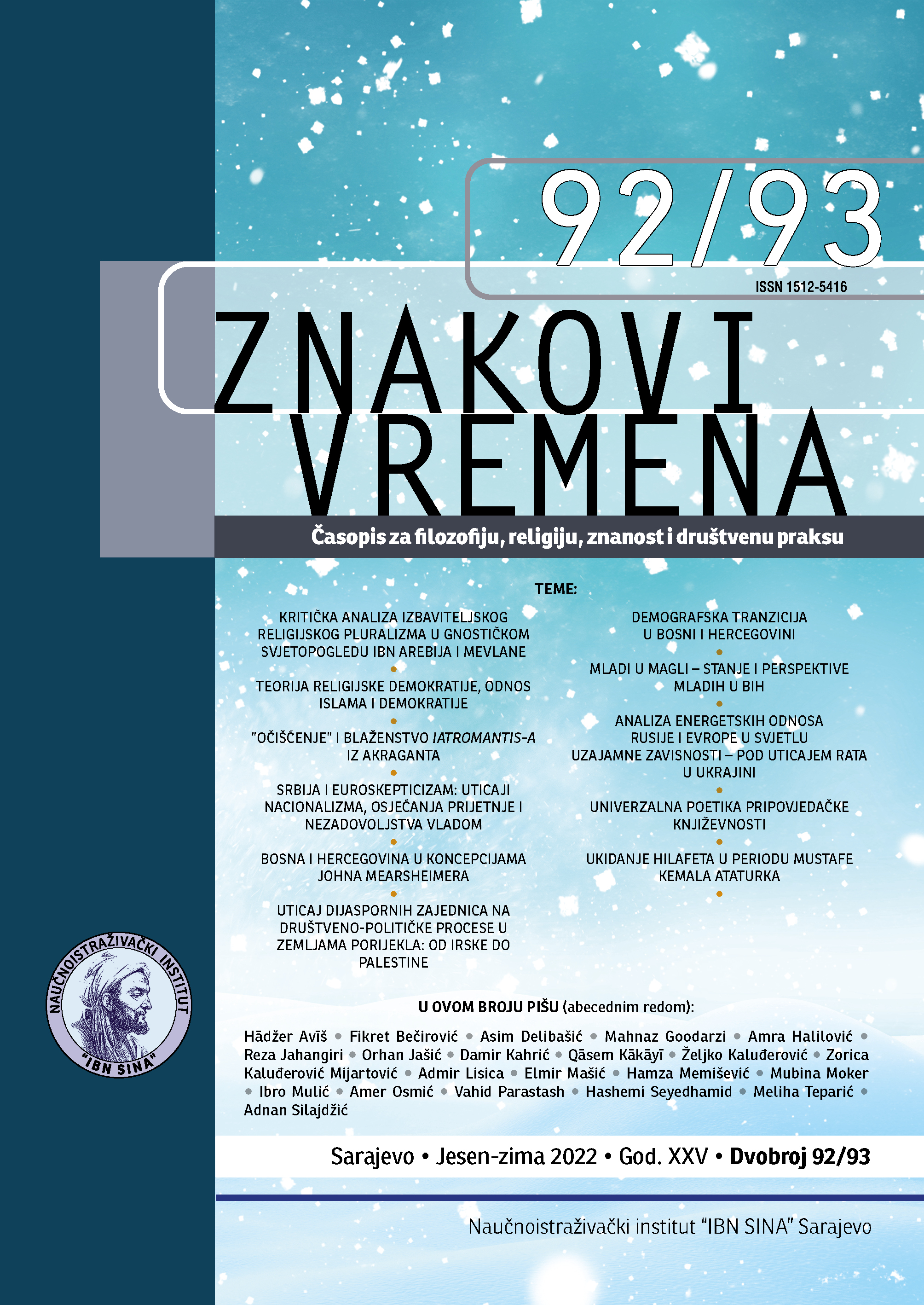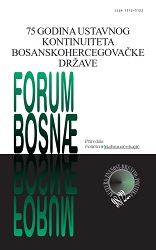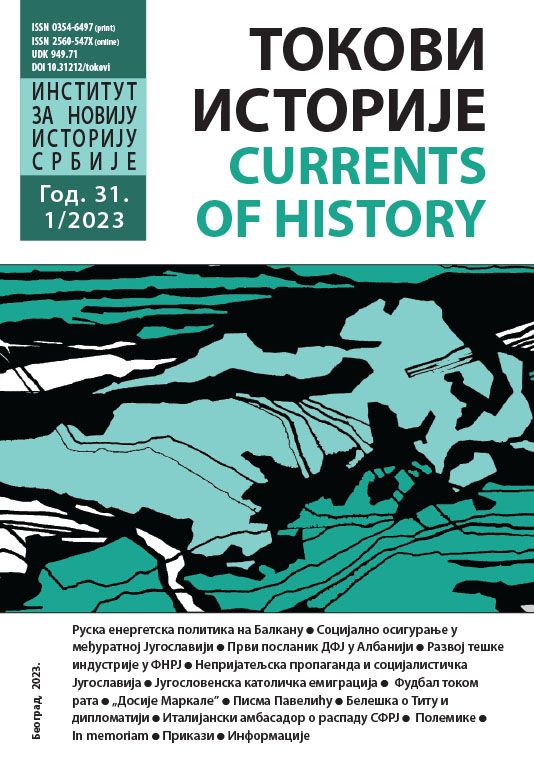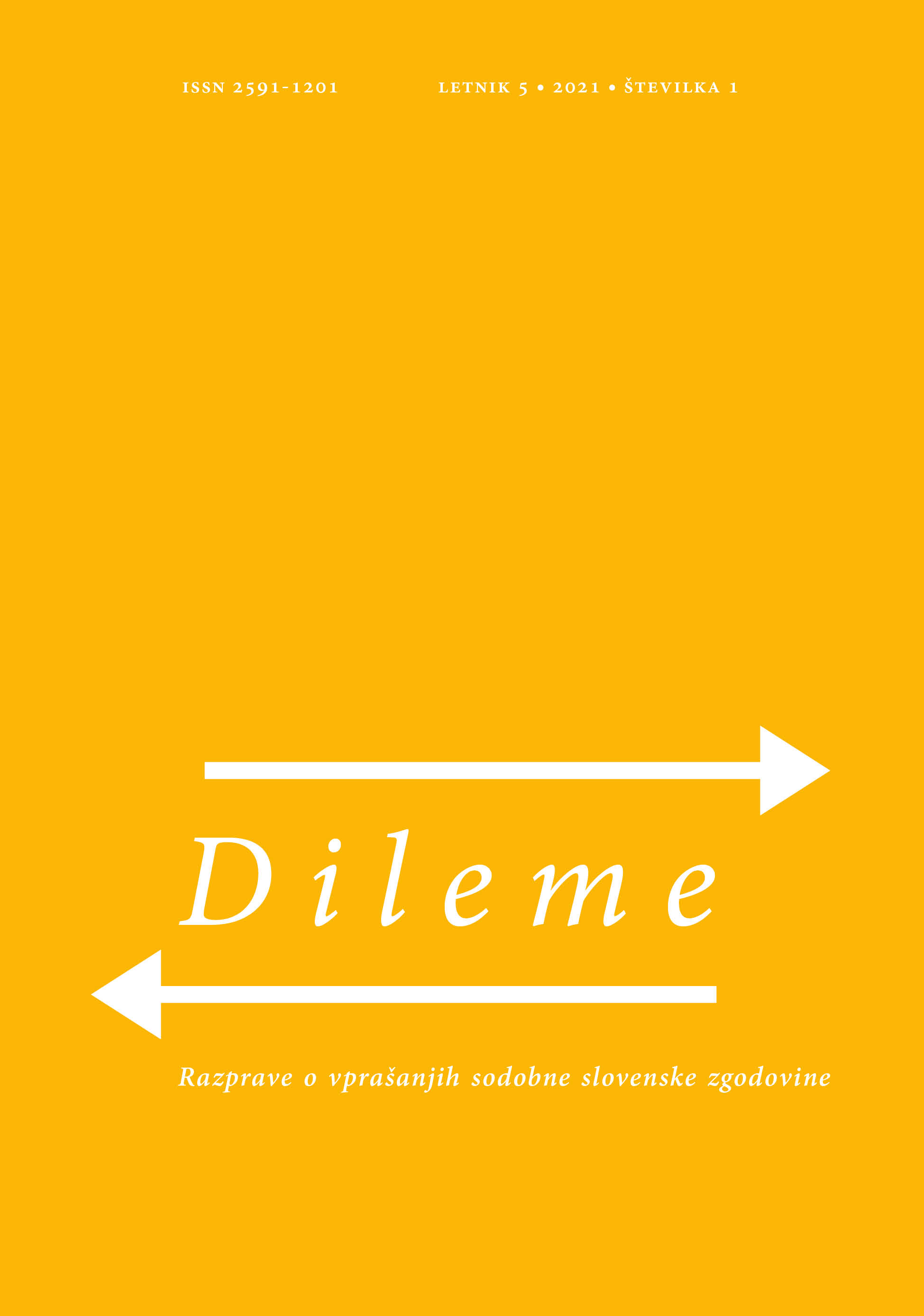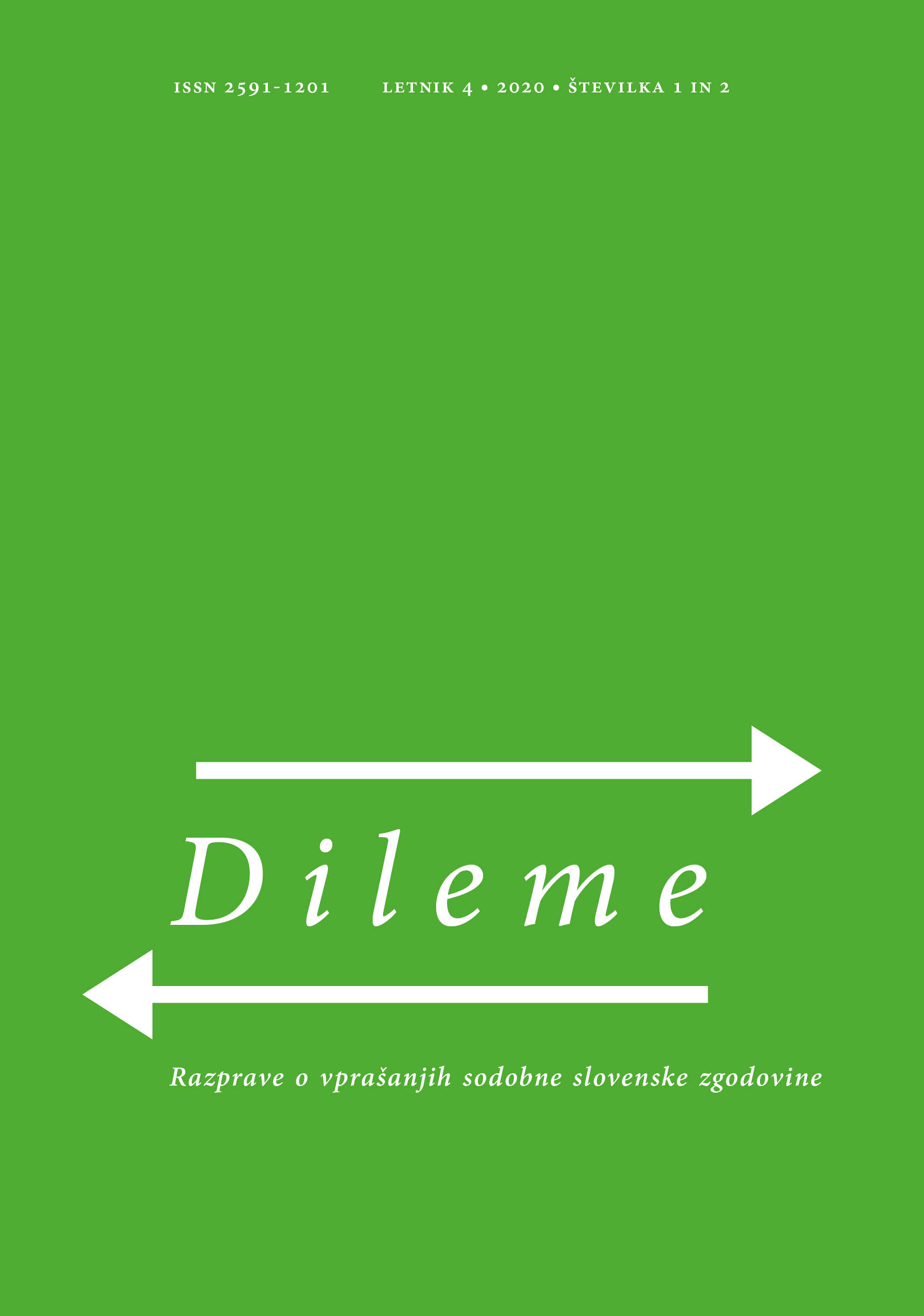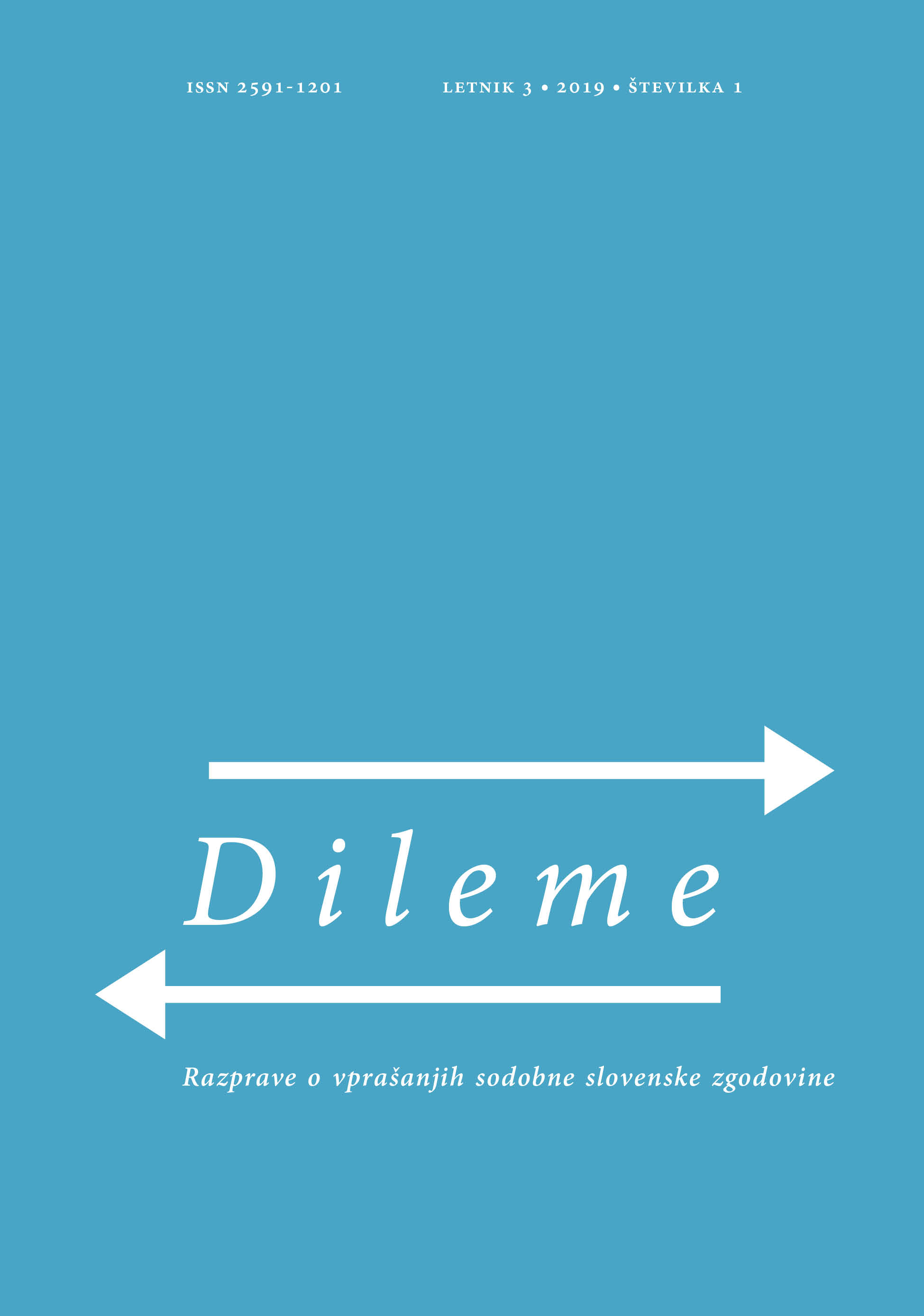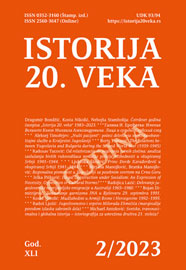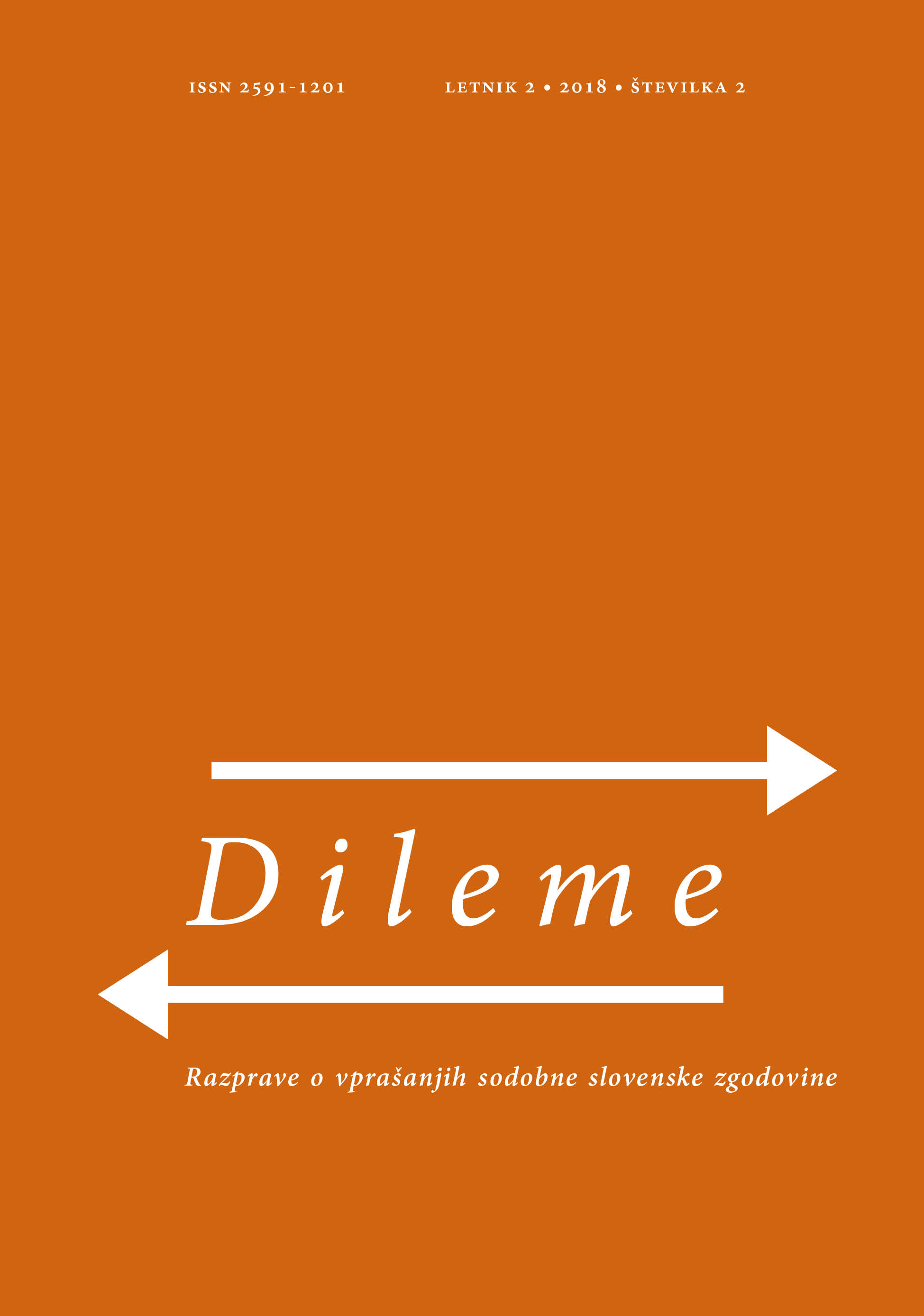Author(s): Adnan Velagić / Language(s): Bosnian
Issue: 8/2022
After the April War and the collapse of the Kingdom of Yugoslavia, the position of Bosnia and Herzegovina was extremely complex. Although only a few days before the start of the attack on Yugoslavia, in a document called „Preliminary guidelines for the division of Yugoslavia“, Hitler handed over the entire area of Bosnia and Herzegovina to Italy - which determined Mussolini to take maximum part in the „Directive 25“ operation - the situation turned out to be complicated. immediately after the successful completion of the military operation. Namely, at the Vienna Conference on April 21 and 22, 1941, Germany took the side of the Independent State of Croatia (NDH) and supported the inclusion of Bosnia and Herzegovina in its composition. There were several reasons for this German turn, and the key one certainly lay in the fact that Hiter was counting on German dominance in the Adriatic, so in this respect he was very bothered by Mussolini's emphasized irredentism (Italia irredenta - the fight for an ununited Italy from the Atlantic to Central Asia ). This development of the situation affected the complication of relations within the victorious camp. The ambivalence between Italy and the NDH was especially pronounced, regarding supremacy over the territory of Herzegovina. In that period, the situation on the ground was very complex. The uprising of the Serbian population, due to reprisals by the current Croatian government, which was supported by Italy, at the beginning of June 1941 destabilized the NDH in this area and called into question the strategic German military-political ambitions in Eastern Europe. Namely, Germany soon saw that the current NDH government was unable to maintain order and peace, so it had to yield to Italy and support the signing of the Zagreb Agreement on August 26, 1941. According to this agreement, the territory of Herzegovina was placed under Italian supremacy. However, even after that, the situation in this area did not calm down. Until the capitulation in 1943, Italy continued to support the Serbian insurgents, among whom in the spring of 1942 a differentiation into partisans and Chetniks took place. The Partisan insurgents accepted the ideology of the Communist Party of Yugoslavia, which stood on the positions of fighting against the occupiers, while the Chetniks accepted the Great Serbian ideology and cooperation with the Italian forces in Herzegovina. In order to strengthen its presence in this area, Italy did everything to weaken the strength of its ally in the Triple Pact - NDH, and in this sense it helped (politically protected and financed) the Great Serbian insurgents in every way. In the end, Italy, under the pretext of the need to mobilize all forces against the communist partisans, legalized the Greater Serbian insurgents, giving them the name Volunteer Anti-Communist Militia (MVAC - Milizia volontaria anti comunista). Historical knowledge about the June uprising in Herzegovina is not enough, because very few authors have dealt with this issue. Italy's role in encouraging and affirming the Serbian insurgents is even less illuminated. In this paper, the author, on the basis of published and unpublished archival materials, and on the basis of relevant literature, considered the causes, character and reflections of the Serbian uprising in Herzegovina in June 1941, with special attention to the role of Italy in encouraging and affirming the insurgents.
More...
